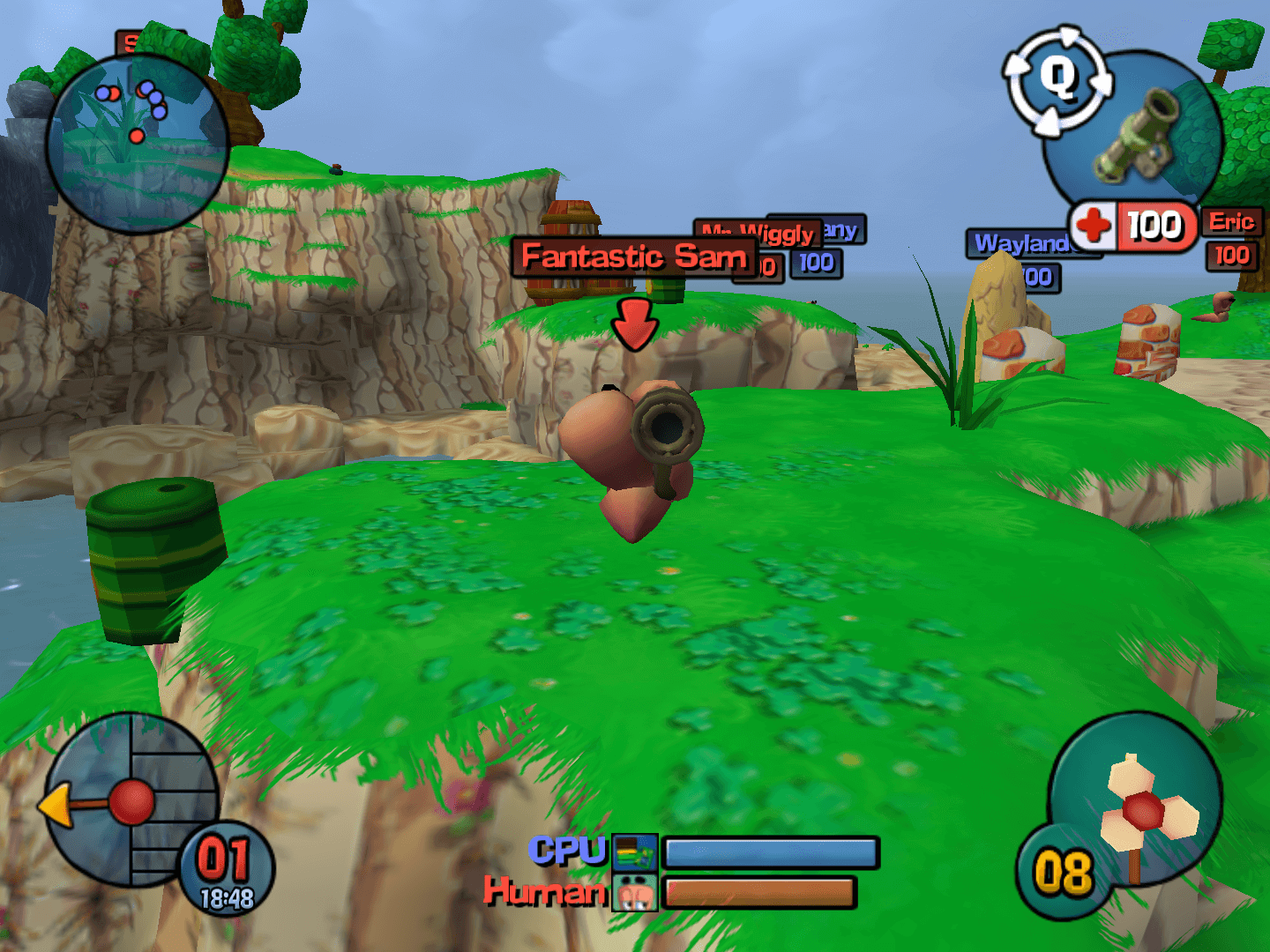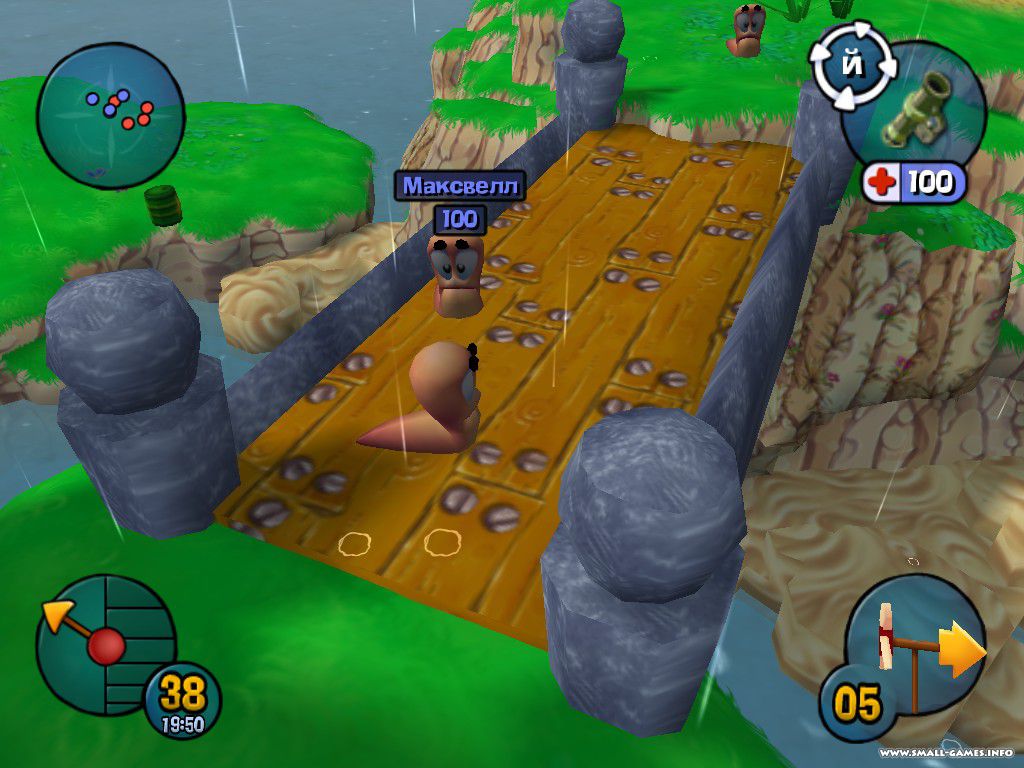
Four of these proteins (Smc1, Smc3, Scc1/Mcd1/Rad21, and Scc3) are part of a multisubunit complex called cohesin in vertebrates ( Losada et al. Several proteins mediating the cohesion of sister chromatids are now known from a variety of organisms ( Guacci et al. It is likely that the primary role of centromeric cohesion is in proper chromosome segregation, whereas arm cohesion serves in facilitating mitotic recombinational repair of DNA lesions via the sister molecule, but has acquired an additional function in meiosis (see below). This led Rieder and Cole (1999) to propose that chromatids are tethered at their centromeres and along their arms by different structures. Conversely, metaphase chromosomes of cells treated with spindle poisons often show split sister chromatids that are only connected at their centromeric regions (C-mitosis - Rieder and Cole 1999 Nasmyth et al. (1988) detected a presumptive sister chromatid linking protein all along muntjak chromosome arms. To obtain proper centromeric orientation and disjunction, the best place to tether sister chromatids would be the centromeric region. Only at the moment when all chromosomes are aligned at the equator of the dividing cell, is association of sister chromatids released, which permits their movement to opposite poles. Therefore, the cohesion of sister chromatids after chromosome replication at S-phase is an essential function. Precocious separation of sister chromatids can cause their missegregation and the formation of aneuploid daughter cells, because the spindle apparatus can regularly disjoin only chromatids, which it recognizes as pairs by their physical connection. The orderly disjunction of chromosomes during mitosis requires the coordinated separation of sister chromatids at the onset of anaphase. The loss of yeast Rec8p from chromosome arms at meiosis I and centromeres at meiosis II coordinates the disjunction of homologs and sister chromatids at the two meiotic divisions. The partial loss of REC-8 from chromosomes between metaphase I and metaphase II suggests that worm REC-8 might function similarly to yeast Rec8p.

Between metaphase I and metaphase II, REC-8 is partially lost from the chromosomes. Anti-REC-8 immunostaining decorated synaptonemal complexes (SCs) at pachytene and chromosomal axes in bivalents and univalents at diakinesis. The occurrence of DSBs in REC-8-depleted meiocytes suggests that DSB formation does not depend on homologous synapsis. Thus, REC-8 seems to be required for successful repair of DSBs. We interpret these fragments as products of unrepaired meiotic double-stranded DNA breaks (DSBs), because fragmentation was suppressed in a spo-11 background.

Depletion of REC-8 also induced chromosome fragmentation at diakinesis. Chromosome synapsis at pachytene was defective, but primary homology recognition seemed unaffected, as a closer-than-random association of homologous fluorescence in situ hybridization (FISH) signals at leptotene/zygotene was observed.

elegans W02A2.6p (called REC-8) by RNAi, induced univalent formation and splitting of chromosomes into sister chromatids at diakinesis. Based on the RNAi phenotype and protein localization, it is concluded that one of them, W02A2.6p, is the likely worm ortholog of yeast Rec8p. We have studied four Caenorhabditis elegans homologs of the Rad21/Scc1/Rec8 sister-chromatid cohesion protein family.


 0 kommentar(er)
0 kommentar(er)
